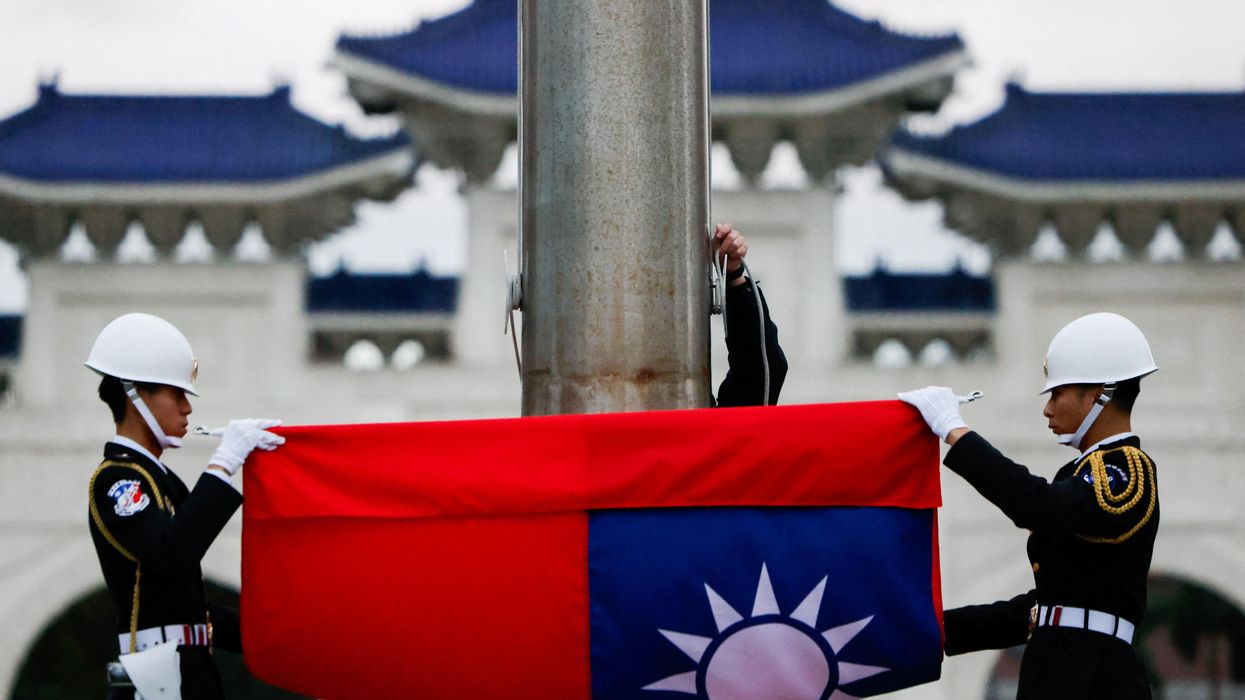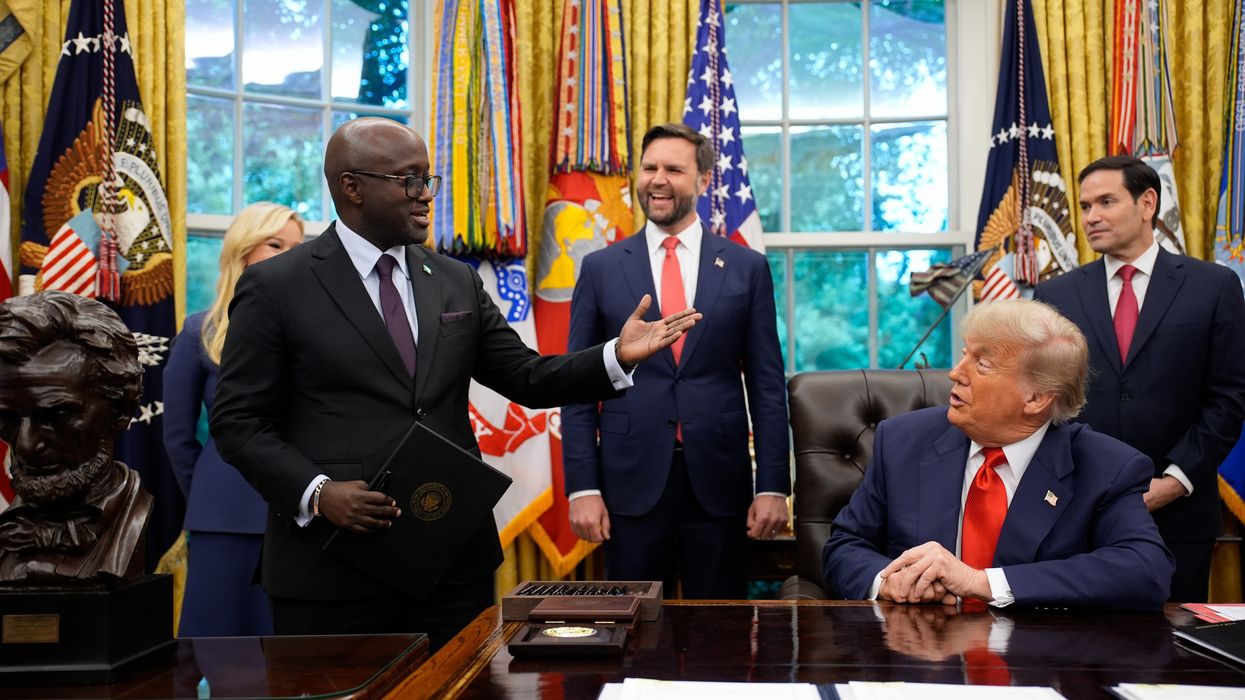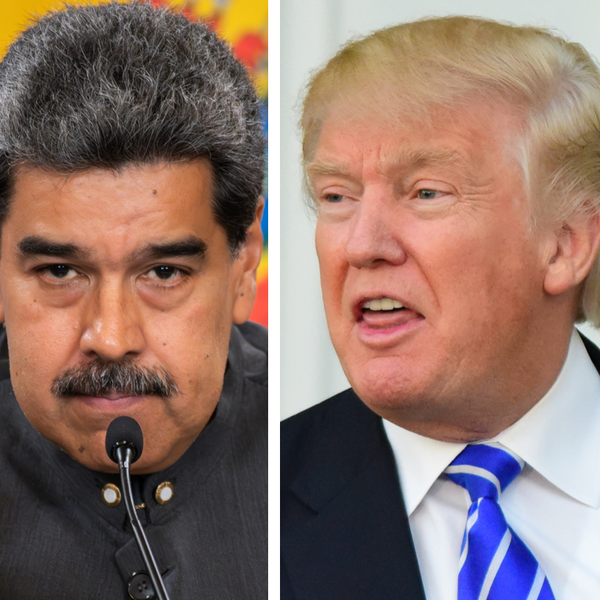When news broke that Speaker of the House Nancy Pelosi will visit Taiwan next month, China responded how everyone expected it to. Foreign Ministry spokesperson Zhao Lijiang condemned the visit, saying it would “severely undermine China’s sovereignty and territorial integrity” and “gravely impact the foundation of China-U.S. relations.”
“If the U.S. were to insist on going down the wrong path, China will take resolute and strong measures to safeguard its sovereignty and territorial integrity,” Zhao added. (Those "strong measures" could include a military response from Beijing, according to U.S. sources who spoke with the Financial Times.)
But few would have predicted that the Pentagon would take Beijing’s side. As President Joe Biden told reporters Wednesday, the Defense Department thinks the visit is “not a good idea right now,” a nod to growing tensions in the Taiwan Strait.
The unusual point of agreement highlights the dangers of Pelosi’s trip, according to experts who spoke with Responsible Statecraft. From Beijing’s perspective, Washington has been gradually shifting the goalposts on Taiwan toward explicit support for Taipei’s independence, a red line for Chinese officials. And a visit from a top U.S. politician would only make things worse.
“[Chinese officials] see it through the lens of how their own political system works,” said Shelley Rigger, a political science professor at Davidson College and a leading expert on Taiwan. “What they're seeing is that the U.S. is sending the number three in their national hierarchy to Taiwan. How is this not a statement or an affirmation of Taiwan statehood?”
Pelosi waved off concerns about the trip Thursday, saying that the Pentagon was “afraid our plane would get shot down, or something like that, by the Chinese.”
The speaker also downplayed Beijing’s concerns about a potential shift in U.S. policy. “None of us have ever said we’re for independence when it comes to Taiwan,” she argued. “That’s up to Taiwan to decide.”
America’s favorite diplomatic fiction
The challenge revolves around one of Washington’s most confusing yet successful strategies: the “One China Policy.” Since 1979, the United States has recognized the government in Beijing as the sole legitimate Chinese government while acknowledging — but never endorsing — Beijing’s view that Taiwan is an integral part of China. This requires a careful balancing act known as “strategic ambiguity” whereby Washington implies that it would defend Taiwan from an invasion but never says it outright. So far, this policy has stopped either side from crossing a point of no return (namely, Beijing invading Taiwan or Taipei declaring full independence).
If you find that a bit hard to follow, you’re not alone. The policy is flexible by its nature and has looked different over the years, with U.S. officials dialing public support for Taiwan up or down depending on how close each side is getting to the other’s red lines. But that complexity has been remarkably effective, allowing Taiwan to transform into a full-fledged democracy with a strong economy.
Despite increased tensions, experts say that U.S. policy is still best understood through the lens of strategic ambiguity. In the minds of American officials, any changes to Washington’s approach are simply a reaction to Beijing changing the status quo.
But, as Asian security expert Van Jackson noted, China “probably holds a mirror image of that view.” With growing calls from China hawks to abandon strategic ambiguity, officials in Beijing have become increasingly concerned that Washington is all in for Taiwanese independence. (Biden seemingly confirmed those concerns in May, when he said the U.S. had made a “commitment” to defend Taiwan before walking it back shortly after.) From China’s perspective, Pelosi’s visit would represent “a huge retreat from commitments the U.S. has made” to Beijing in the last few decades, according to Rigger.
“Politicians don't appreciate the gravity and the risk of messing around in this policy area,” she said.
Little room for error
The last House Speaker to visit Taiwan was Newt Gingrich, who stopped through Taipei on his way back from a trip to China in 1997. As Jackson explained, the stakes of that trip were much lower than today.
“[W]e were deep into a project of integrating China into global capitalism,” he told Responsible Statecraft in an email. “We were on strategically very good terms with Beijing, which provides a cushion against instability.”
This time around, the room for error is a lot smaller. “The context for a Pelosi visit in 2022 is radically different,” Jackson added. “We’ve replaced a posture of détente with rivalry.”
Though they’re unlikely to say it publicly, even Taiwanese officials seem wary of the trip, according to Rigger. When she asked people in Taiwan’s foreign ministry if the visit was dangerous, they were evasive, saying “things along the lines of, ‘well, that is a very perceptive question.’” But underlying that evasiveness is a fear of upsetting Taipei’s most important foreign partner.
“Your survival depends upon making someone happy and stroking the ego of various American politicians,” Rigger said, “[so] you’re not going to say ‘we don’t want this kind of love.’”
So the main question for many observers is the following: How can the Biden administration mitigate the impact of Pelosi’s visit? One step is to distance itself from the visit by not sending Pelosi on a military plane, which would make the exercise look “like a military operation,” according to an official who spoke with Politico.
Another is to do more to incorporate Chinese concerns into U.S. strategy, starting with an open mind about how Beijing views the situation, according to Rigger.
“I would just encourage people to consider another possibility, which is that [...] PRC leaders are sincere when they express the concern that things, especially in Taiwan, are turning against China,” she said, noting that Beijing views the challenge as existential. “So everything that the U.S. does to respond to what it perceives as Beijing's increasing aggression just reinforces that fear that the U.S. is about to encourage Taiwan to bust a move.”
















